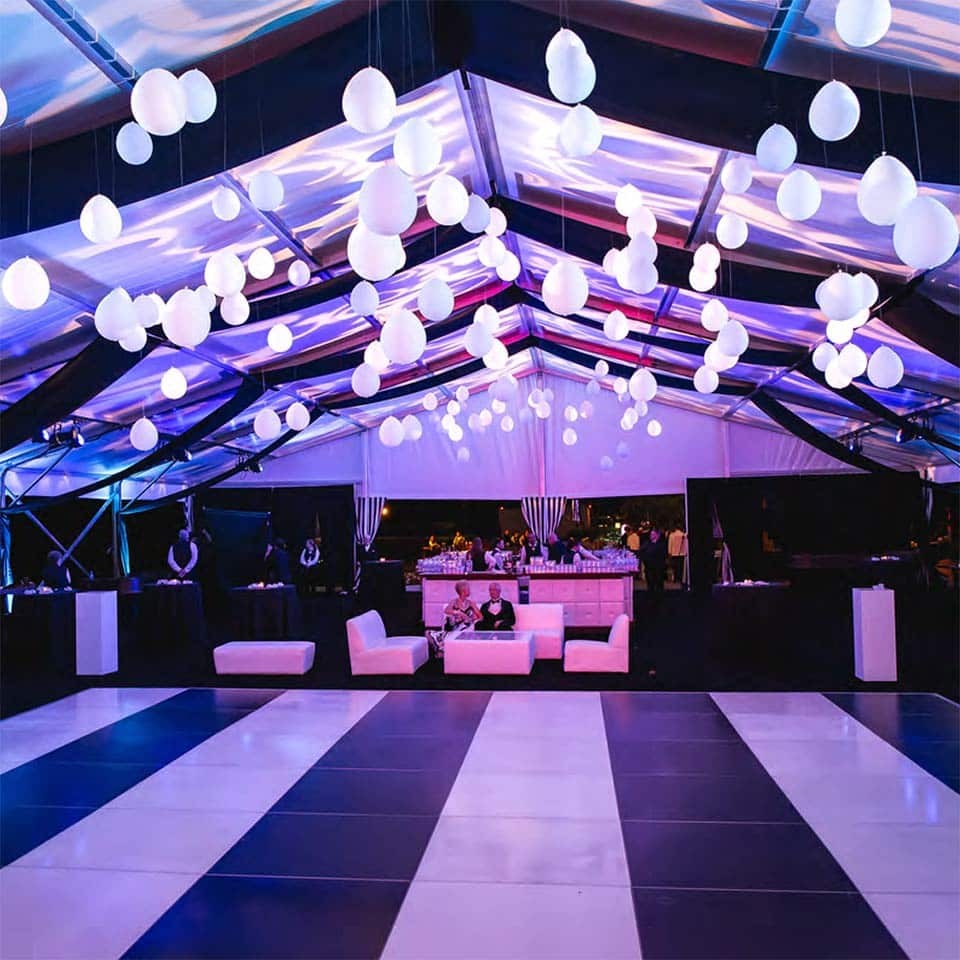Selecting the right materials for building a long-lasting and secure external performance surface is crucial for guaranteeing an pleasurable session. Exterior movement platforms must withstand diverse climate elements while offering a firm foundation for performers and participants. Therefore, it is essential to consider factors such as material resilience, safety features, and maintenance requirements when making selections. This article will explore several suitable materials and their benefits in designing an open-air dance floor.
One common option for exterior dance floors is wood. Wood provides a traditional and inviting appearance that many find appealing. Solid woods like maple or oak are particularly favored due to their durability and ability to absorb impact, which can protect dancers’ ligaments. Additionally, timber has natural slip-resistant qualities when treated correctly, minimizing the risk of accidents. However, maintaining a wooden dance floor requires regular sealing and resurfacing to shield it from humidity and ultraviolet exposure, making it essential to account for the climate in which the floor will be installed.

Another practical option is synthetic composites, which blend wood fibers with plastic. These composites are designed to be impervious to moisture, mold, and fading from sunlight. Composite dance floors offer durability comparable to conventional wood without the intensive upkeep. They are less susceptible to distortion and splitting than natural wood floors when exposed to extreme outdoor conditions. Furthermore, composite materials often have integrated anti-slip properties, making them a more secure choice for outdoor events.
For those seeking a more contemporary solution, modular tiles made of PVC or rubber are excellent alternatives. These tiles are crafted for hassle-free setup and can be reconfigured or swapped as needed. The versatility of using interlocking tiles permits rapid setup and breakdown, making them ideal for temporary dance events or festivals. Additionally, these materials provide shock absorption that enhances support while web link dancing and reduces the risk of injuries caused by falls. The non-porous nature of PVC and rubber also helps prevent water absorption, further prolonging the life of the flooring.
Finally, it is vital to consider the location and intended use of the outdoor dance floor when selecting materials. For instance, if the dance floor will be situated in a high-traffic area or subjected to harsh weather frequently, choosing robust materials that require minimal maintenance will be essential. On the other hand, for less intense use or in more site sheltered locations, less heavy materials may suffice. In any case, emphasizing safety aspects such as traction and impact resistance should stay at the center of planning.
In conclusion, building a durable and secure open-air dance floor involves careful consideration of diverse solutions appropriate for different settings and applications. Timber provides classic aesthetics but demands consistent care; engineered composites blend appearance with durability; modular flooring offer adaptability and convenience. At the end of the day, identifying the specific requirements of the dance floor's intended use will inform decision-making toward choosing the most suitable material for an satisfying and safe dancing experience in outdoor spaces.